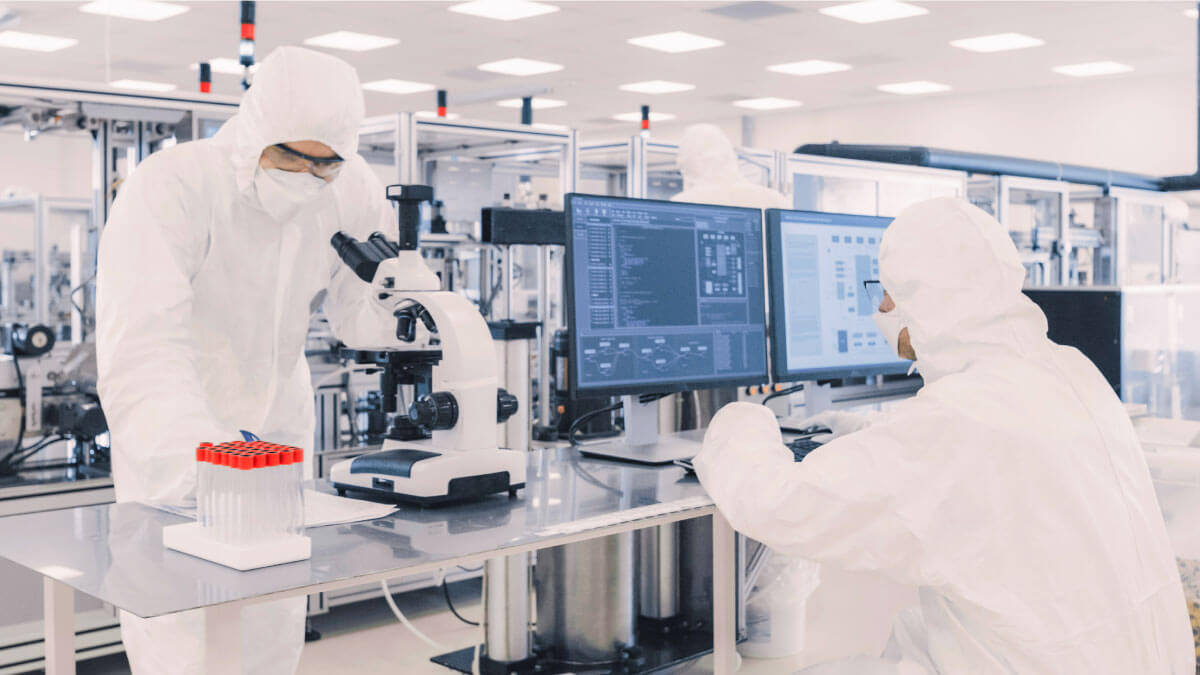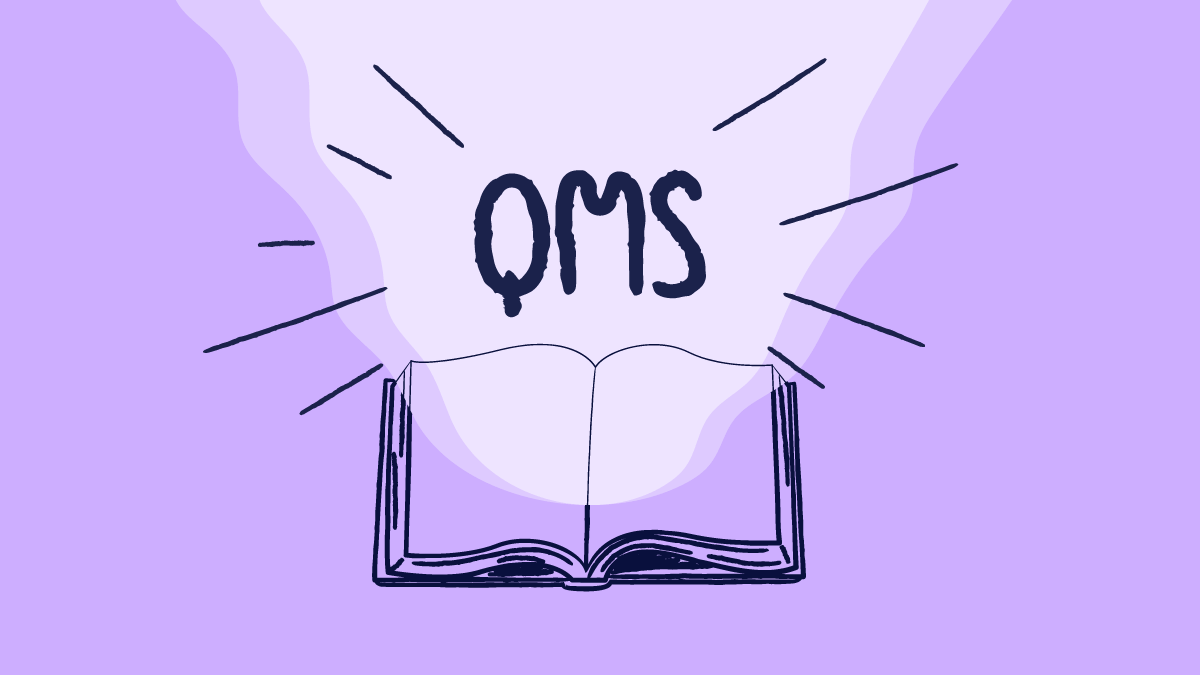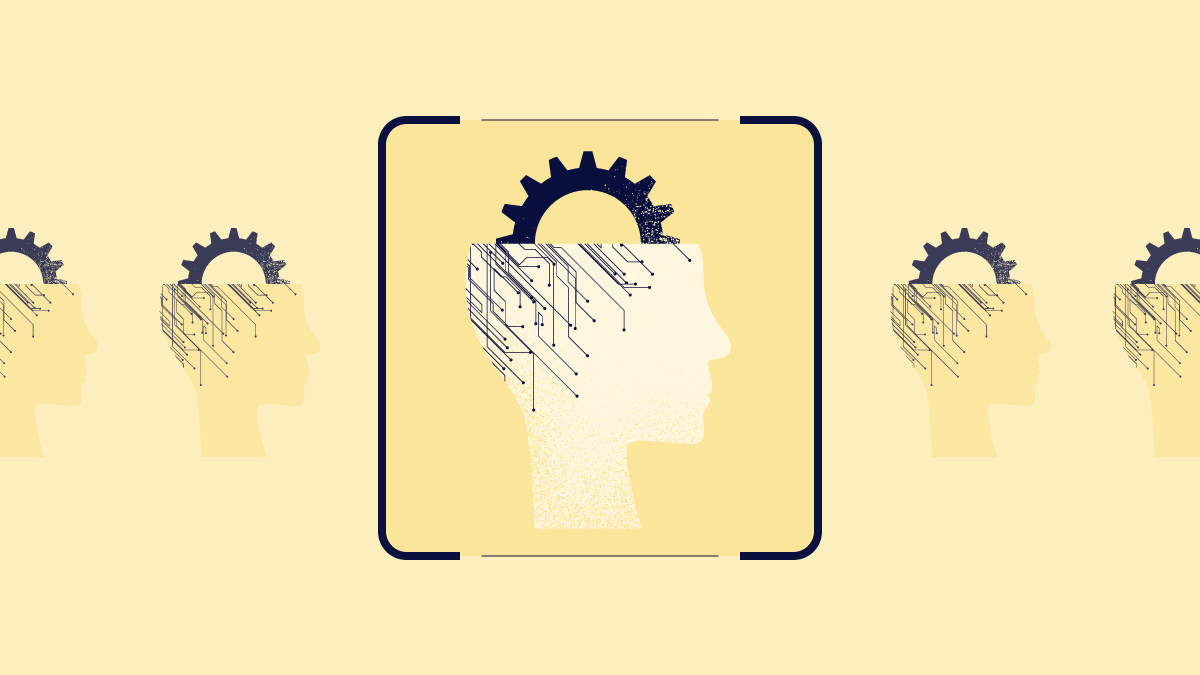
In the pharmaceutical industry, manufacturers must make sure medicines and healthcare products are made correctly, stored safely, and delivered to the people who need them. Supply chain management in pharma industry involves planning and coordination to ensure that every step, from production to distribution—runs smoothly and efficiently.
There are three basic aspects of pharmaceutical supply chain management:
- Proper and adequate supply chain documentation and tracking systems allow every step of the production and distribution process to be monitored, which is crucial for identifying the source of any issues and for recalling defective products if necessary.
- Adhering to regulations guarantees that your products are consistently high in quality, free from contamination, and manufactured according to precise specifications.
- Most importantly, only compliant products can be legally sold in markets. Even a minor non-compliance can lead to legal issues and ultimately, can prohibit you from selling your products, leaving patients without potentially life-saving treatment.
This article reviews compliance requirements for supply chains, tackles challenges and opportunities within your supply chain, and gives three life-saving tips for managing your supply chain adequately and appropriately. We highly recommend reading our QMS in pharma guide to ensure you have all the essential components for effectively managing your QMS and maintaining pharmaceutical quality assurance.
Compliance requirements in the pharmaceutical supply chain
Compliance in the pharmaceutical supply chain involves adhering to various regulations and standards to ensure the safety, efficacy, and quality of pharmaceutical products.
Here are the key compliance requirements and which responsibilities each requirement necessitates:

1. Good Manufacturing Practices (GMP):
-
- Establishing a comprehensive quality management system (QMS) to ensure products meet quality standards.
- Ensuring that staff are adequately trained and qualified.
- Maintaining clean, hygienic, and suitable facilities and equipment.
- Keeping detailed records of manufacturing processes, quality control tests, and other critical information.
- Validating processes, equipment, and systems to ensure consistent production quality.
2. Good Distribution Practices (GDP):
-
- Ensuring products are stored under appropriate conditions, including temperature control if necessary.
- Ensuring safe and secure transportation to prevent damage or contamination.
- Maintaining records that allow tracking of products through the supply chain.
- Having systems in place to handle product returns and recalls efficiently.
3. Good Clinical Practices (GCP):
- Ensuring that clinical trials are conducted ethically and that the data generated is reliable and accurate.
- Protecting the rights, safety, and well-being of trial participants.
4. Regulatory Compliance:
- Obtaining necessary approvals from regulatory bodies like the FDA, EMA, or other national agencies before marketing a product.
- Ensuring accurate and compliant labeling, including dosage, side effects, and usage instructions.
- Monitoring and reporting adverse effects of marketed products (pharmacovigilance).
5. Good Pharmacovigilance Practices (GVP):
- Continually monitoring the safety of products once they are on the market.
- Reporting any adverse events to the relevant regulatory authorities.
- Implementing risk management plans to mitigate potential risks associated with the products.
6. Good Automated Manufacturing Practice (GAMP):
- Ensuring that computer systems used in manufacturing are validated and reliable (Computer Systems Validation (CSV).
7. Data Integrity:
- Maintaining accurate and reliable data throughout the supply chain.
- Ensuring that all changes to data are recorded and can be traced (audit trails).
8. Anti-Counterfeiting Measures:
- Implementing unique identifiers on packaging to track and verify the authenticity of products (serialization).
- Establishing secure supply chain practices to prevent counterfeit products from entering the market.
9. Environmental and Safety Regulations:
- Properly handling and disposing of hazardous materials used in the manufacturing process.
- Ensuring a safe working environment for employees.
10. Ethical Sourcing and Sustainability:
- Ensuring that raw materials are sourced ethically and sustainably.
- Conducting regular audits of suppliers to ensure they meet compliance standards.
11. International Standards and Guidelines:
- Following guidelines set by the International Council for Harmonisation of Technical Requirements for Pharmaceuticals for Human Use (ICH).
- Adhering to relevant International Organization for Standardization (ISO) standards, such as ISO 9001 for quality management systems and ISO 13485 for medical devices.
As you may have noticed, compliance requirements in the pharmaceutical supply chain are comprehensive and multi-faceted. Don’t worry, let’s go through some of the most common supply chain challenges and opportunities.
Pharmaceutical supply chain management challenges and opportunities
Complexity of Regulations
The pharmaceutical industry is one of the most heavily regulated industries globally and managing compliance across multiple regions with different regulatory standards can be challenging. A product that meets the standards in the U.S. may require different testing, packaging, or documentation to be compliant in the European Union, China, or other regions.
Furthermore, regulations frequently change, requiring companies to continuously update their processes, documentation, and training programs. Failing to comply with regulations can lead to product recalls, fines, and other severe penalties.
Supply Chain Visibility and Traceability
The pharmaceutical supply chain is often highly complex, involving multiple suppliers, manufacturers, distributors, and logistics providers. This complexity can make it difficult to maintain visibility over the entire supply chain.
Ensuring the authenticity of products is critical to combat the growing issue of counterfeit drugs. Companies must implement serialization (assigning unique identifiers to products) and track-and-trace systems to ensure that products are genuine and traceable throughout the supply chain.
Once you have control over the supply chain, managing the vast amounts of data needed for full visibility and traceability becomes overwhelming. Companies need advanced technology solutions to collect, analyze, and manage this data effectively to ensure supply chain transparency.
Recommended learning: Unlock the potential of smart manufacturing in transforming your pharmaceutical supply chain.
Supply Chain Resilience and Risk Management
The pharmaceutical supply chain is vulnerable to various disruptions, including natural disasters, geopolitical tensions, pandemics, and supply shortages – we all remember, for instance, when a certain ship got stuck in the Suez Canal, right?
Many pharmaceutical companies rely on a limited number of suppliers for critical raw materials, including active pharmaceutical ingredients (APIs). Any disruption at the supplier level can have a cascading effect on the entire supply chain, leading to production delays and shortages.
As a result, balancing inventory levels is a constant challenge. Companies must avoid overstocking, which leads to waste due to expiration, while also preventing stock-outs that can disrupt the supply of vital medicines to patients. Building a resilient supply chain that can quickly adapt to changing conditions is crucial but challenging.
Scilife tips
Investments in automation solutions in the life sciences
The top five areas of investment in targeted real-time decision execution among life science supply chains are:
- Logistics and distribution (56%)
- Order management and fulfillment (53%)
- Manufacturing operations (44%)
- Supply planning (44%)
- Product quality control (43%)

So, how can you make your supply chain management easier? Here are our top three tips!
Implement Advanced Technology Solutions
- Automation and digital solutions: Automating repetitive tasks and digitizing records can significantly reduce manual errors and improve efficiency. Technologies like robotic process automation (RPA) can automate order processing, inventory management, and compliance checks.
- Blockchain for Traceability: Implementing blockchain technology can enhance traceability by providing a secure, immutable ledger that records every transaction in the supply chain. This helps in combating counterfeit drugs and ensures transparency.
- Internet of Things (IoT): IoT devices can monitor the conditions of pharmaceutical products during storage and transportation in real-time, ensuring compliance with temperature and humidity requirements, which is especially important for cold chain management.
- Enterprise Resource Planning (ERP) Systems: An integrated ERP system can centralize and streamline all supply chain processes, from procurement to distribution, providing real-time visibility and improving decision-making.
Enhance Collaboration and Communication
- Integrated Communication Platforms: Use platforms that allow seamless communication and collaboration across different parts of the supply chain. This can help align suppliers, manufacturers, distributors, and regulatory bodies, reducing misunderstandings and improving coordination.
- Vendor and Supplier Collaboration: Develop strong relationships with suppliers and vendors, encouraging transparency and collaboration. Joint planning and forecasting can help in anticipating demand changes and adjusting supply strategies accordingly.
- Supply Chain Partner Integration: Integrate with supply chain partners’ systems to enable real-time data sharing, which can improve the speed and accuracy of operations.
Improve Regulatory Compliance Management
- Automated Compliance Monitoring: Use software tools that automate the monitoring of compliance requirements, ensuring that all processes meet regulatory standards. These tools can also provide alerts for regulatory updates and changes.
- Standardized Documentation: Develop standardized templates and documentation procedures across all regions to streamline regulatory submissions and compliance checks.
- Regular Training and Audits: Conduct regular training for staff on compliance requirements and perform periodic audits to identify and address gaps in regulatory adherence.
Conclusion
Pharmaceutical supply chain compliance is crucial for ensuring patient safety, maintaining product quality, and adhering to legal and regulatory standards. Non-compliance can lead to severe consequences, including legal penalties, product recalls, loss of market access, and damage to a company's reputation and financial health. Therefore, pharmaceutical companies must prioritize compliance throughout their supply chains to ensure the safe and reliable delivery of medicines to patients.






